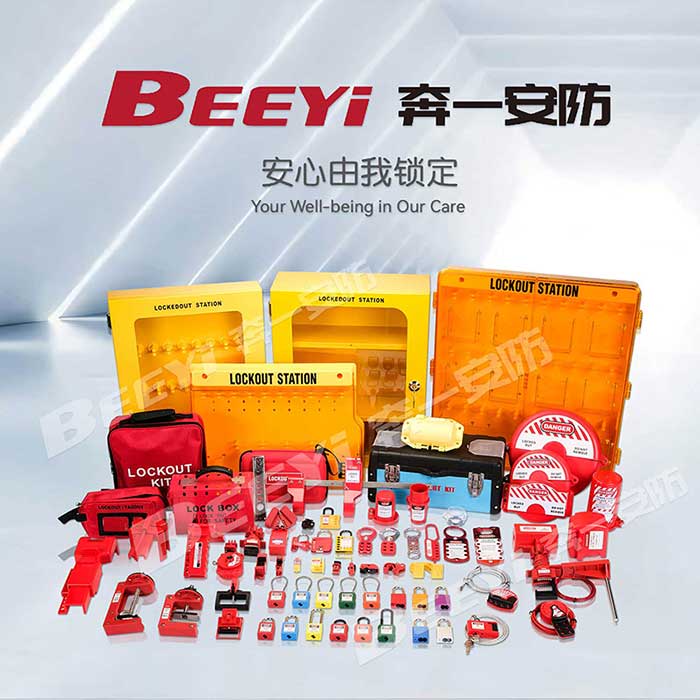Scaffolding is an essential part of construction, providing workers with the necessary platform to carry out their tasks at elevated heights. However, the process of erecting, maintaining, or dismantling scaffolds involves significant risks, and safeguarding against these hazards is crucial. One effective safety measure is the use of Scaffolding Lockout Tags, which are designed to prevent accidental operation of equipment and ensure that scaffold-related activities are conducted safely. This article outlines a step-by-step guide to installing scaffolding lockout tags to maintain safety standards and comply with regulations.

1. Introduction to Lockout Tags and Their Purpose Lockout tags are a vital part of workplace safety, especially in the construction industry. These tags are used as part of the lockout/tagout (LOTO) procedures, which aim to prevent the release of hazardous energy while maintenance or repair work is being done. When it comes to scaffolding, lockout tags are used to indicate that certain parts of the scaffolding system or associated equipment are locked out and should not be operated until it is safe to do so. The primary purpose of scaffolding lockout tags is to communicate a clear, visible warning that a specific piece of equipment is locked and not to be tampered with, preventing unauthorized operation or accidental activation that could lead to serious injuries or fatalities.